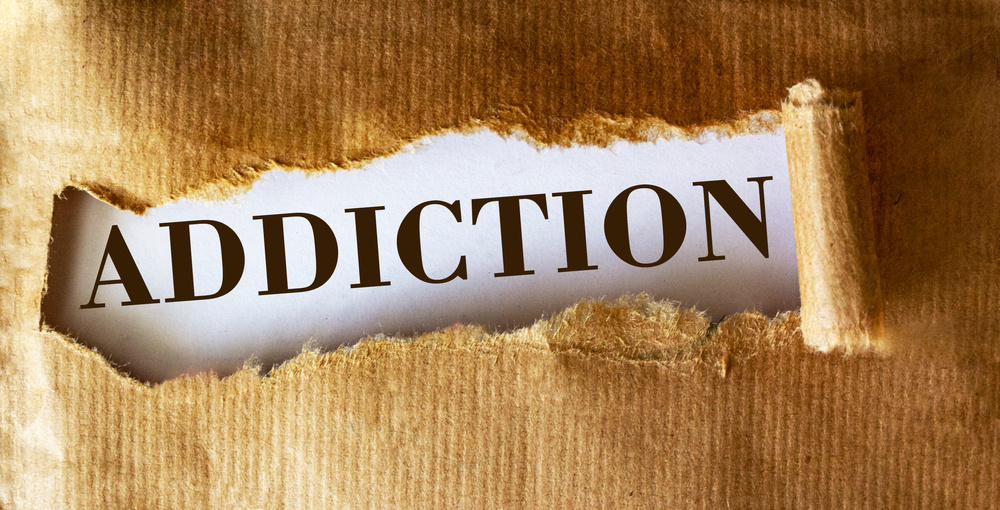What Are The 5 Stages Of The Drug Addiction Cycle?
Addiction, also known as substance use disorder (SUD), is listed in the Diagnostic and Statistical Manual of Mental Disorders, Fifth Edition (DSM-5), as a chronic, relapsing neurological disorder. It is characterized by “clinically significant impairments in health, social function, and voluntary control over substance use.” Individuals that struggle with addiction will prioritize satisfying drug cravings above all else, which can wreak havoc in all facets of one’s life. Although the scientific reasoning behind why an individual develops an addiction remains unknown, there are certain factors (e.g., environmental factors, genetic factors, psychological factors, socioeconomic factors, etc.) that can increase one’s risk for addiction. Further, an individual’s behaviors have the propensity to contribute to the development of substance use disorder. Addiction can be framed as a repeating cycle with different stages. These recurring stages are called a cycle because they generally progress in a repetitive pattern until some form of treatment takes place to intervene and alleviate the addiction. The cycle of addiction occurs in five stages, as outlined below:
- First Use: The first step to addiction is trying the substance. The initial exposure to drugs can ignite an individual’s curiosity regarding experimentation of other substances.
- Regular Use: Individuals that begin to abuse drugs regularly will exhibit certain patterns of incorporating drugs into their lives. The term regular is subjective, as patterns of regular drug use will present distinctly in different people (e.g., one person may regularly use drugs on the weekend, whereas another person may regularly use drugs daily).
- Risky Use: Individuals that continue to abuse drugs even when it knowingly negatively impacts their lives and/ or the lives of their loved ones. Individuals are also likely to engage in risky, dangerous behaviors while intoxicated.
- Dependence: Individuals that have developed a dependence on one or more substances of abuse are unable to stop without experiencing withdrawal symptoms, which manifests though the following three steps:
- Tolerance: the individual requires increased amounts of the substance to achieve its desired effects.
- Physical dependence: the individual is unable to limit substance intake without going into a state of withdrawal.
- Psychological dependence: the individual experiences a pervasive, uncontrollable need to continue using; possibly arising from fear that they will be unable to function in its absence.
- Addiction: After an individual has developed a dependence, he or she is extremely close to developing a full-blown addiction. The DSM-5 provides eleven different criteria that define substance use disorder.
For Information and Support Substance abuse and addiction can be incredibly dangerous and can result in severe short and long-term consequences. If you or someone you know is suffering from substance abuse or addiction, please get help as soon as possible. The earlier you seek support, the sooner you and your loved ones can return to leading happy, healthy, and fulfilling lives. There is no reason to go through this alone, and we are here to help. Please feel free to reach out to us for further information or with any questions regarding substance abuse or addiction. We are available anytime via telephone at: 213-389-9964, or you can always email us at: info@friendlyhousela.org.



